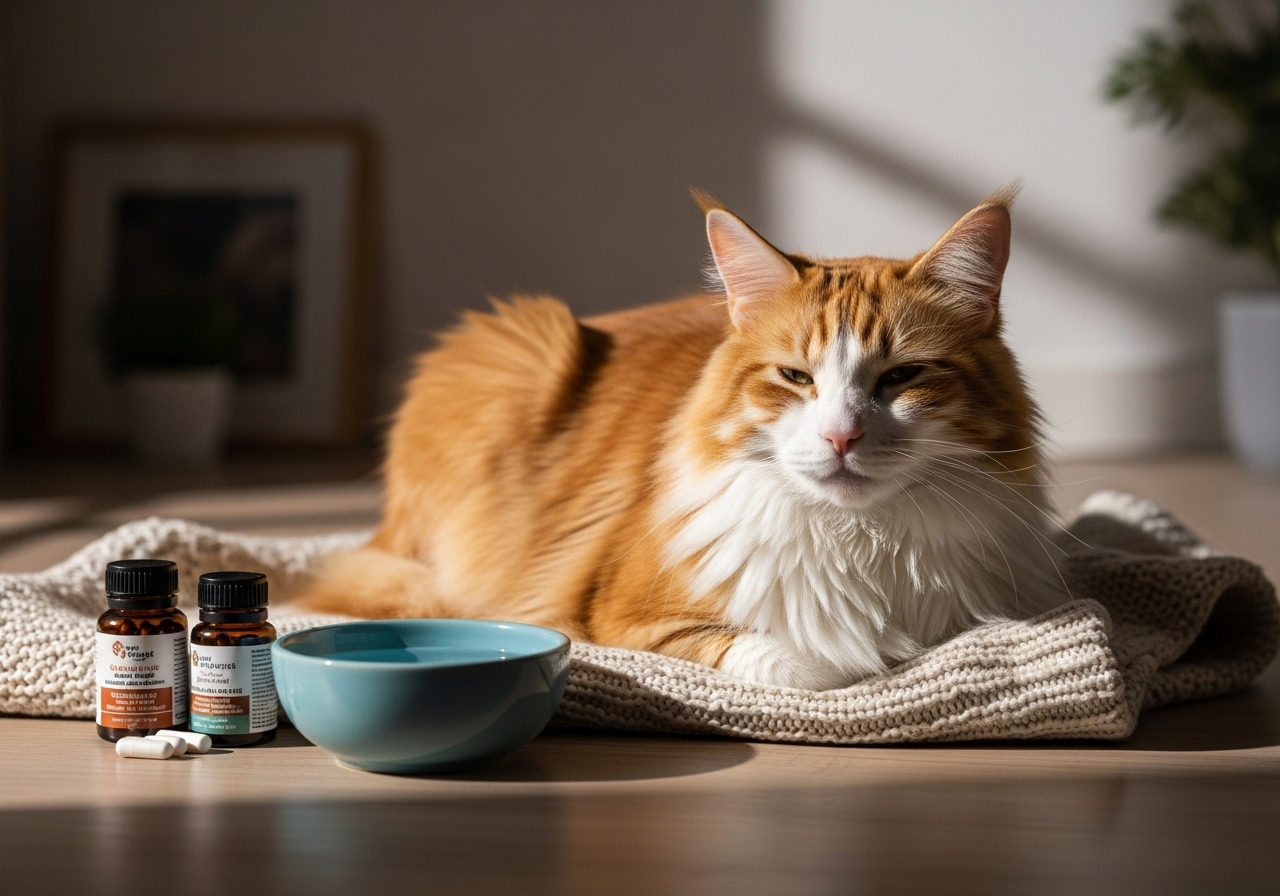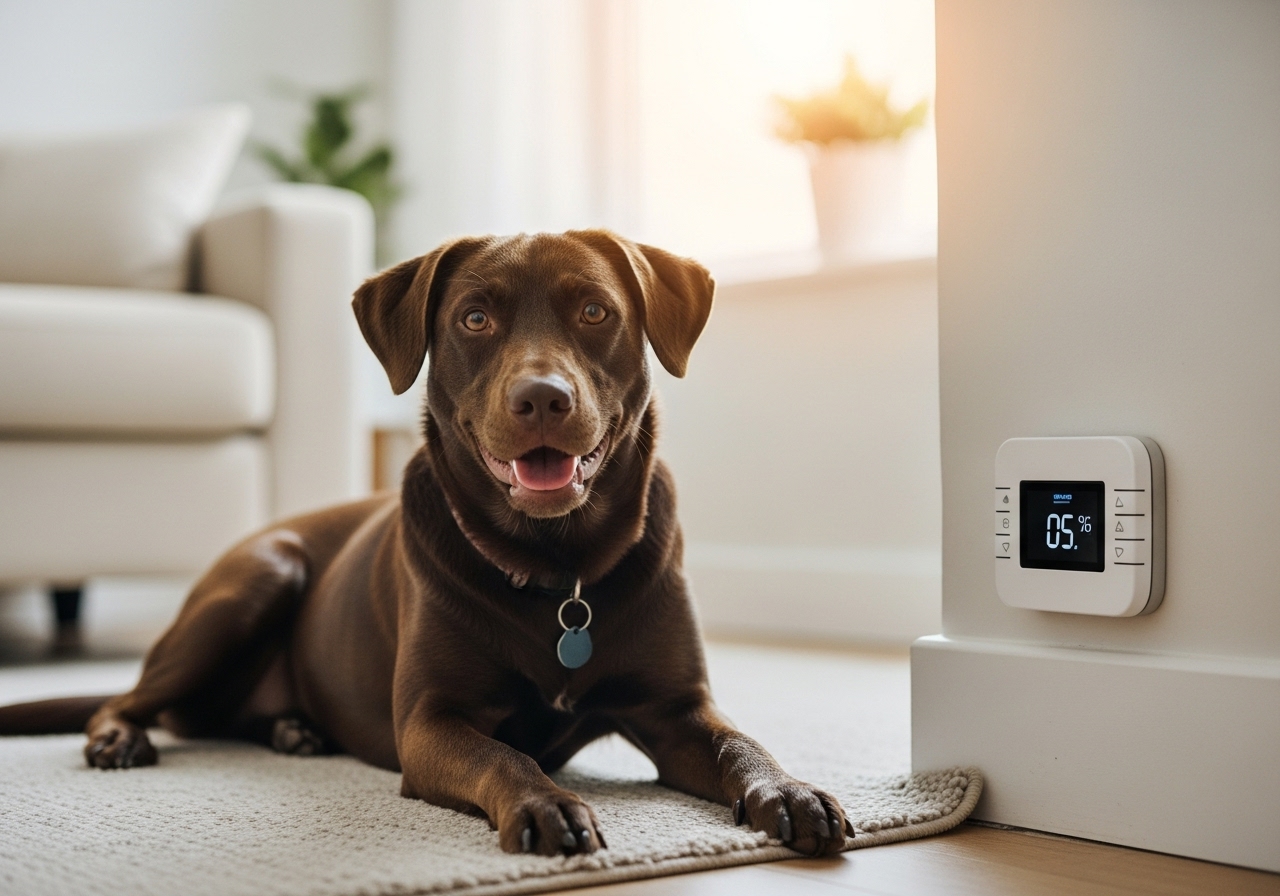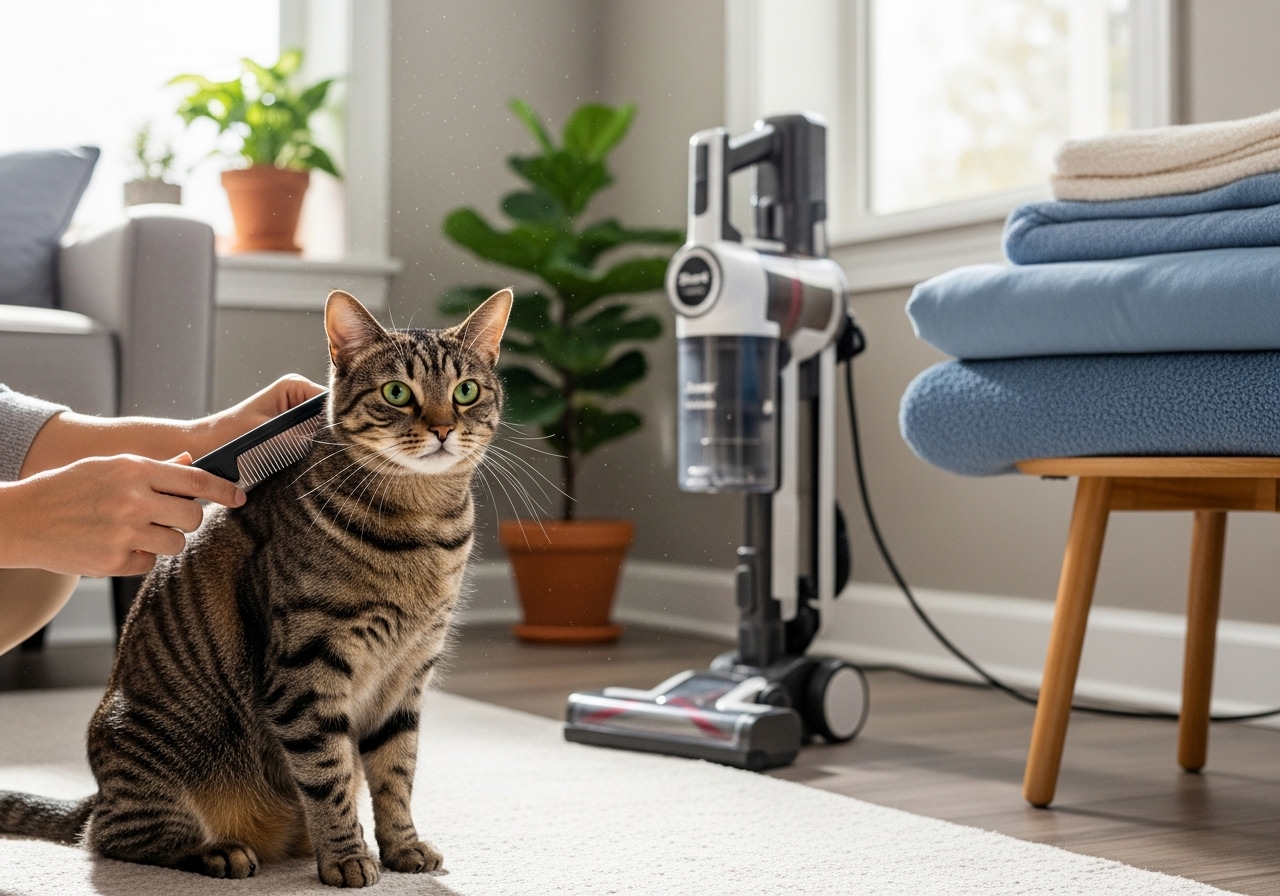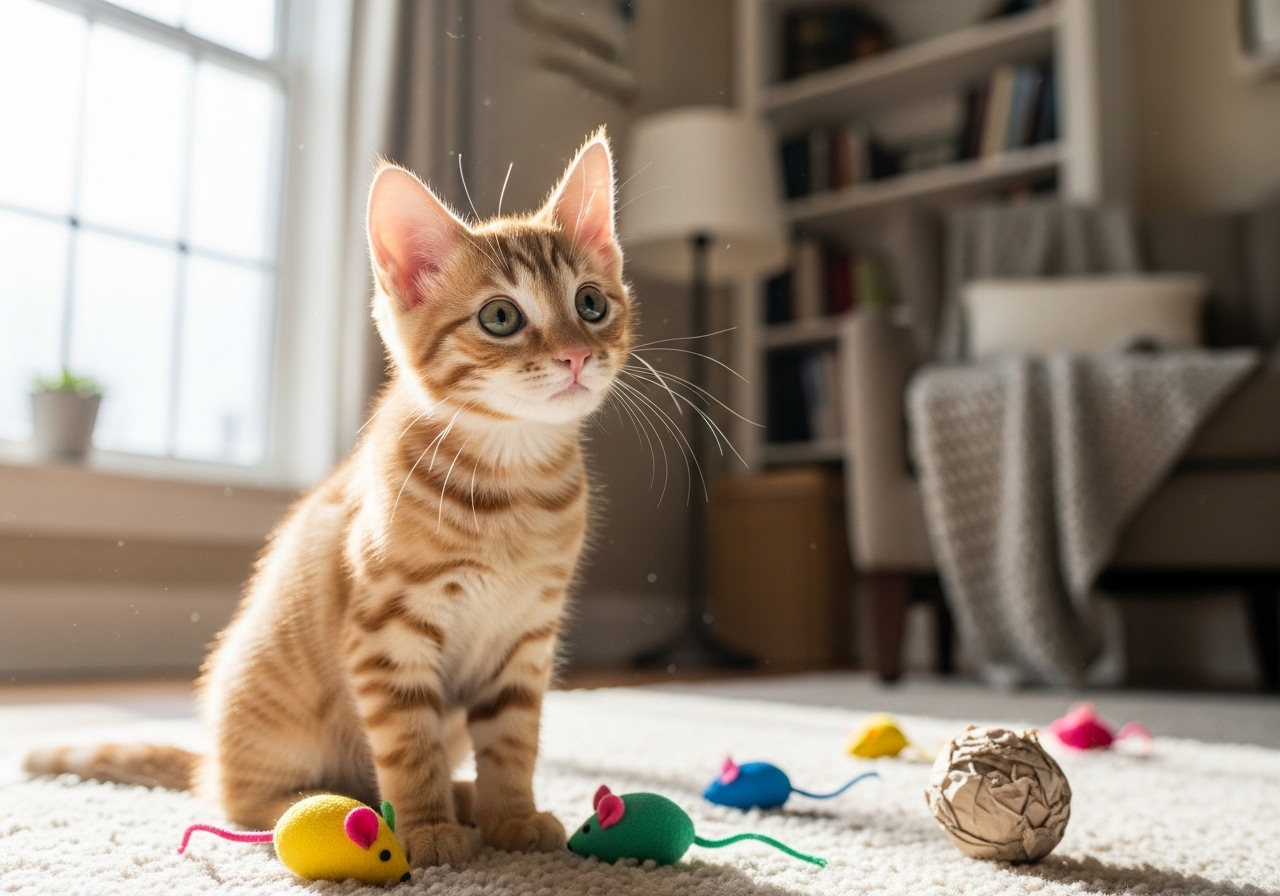A cat’s eyes are more than just striking—they are also windows into overall health. Bright, clear eyes signal well-being, but redness, swelling, or discharge can point to underlying cat eye problems. Some conditions are mild and resolve with care, while others can cause pain or even blindness if ignored.
This guide explores symptoms, causes, common and rare eye conditions, treatment options, home remedies, and prevention strategies. We will help you identify problems early, understand their significance, and know when to seek veterinary assistance.
By the end, you’ll have a clear roadmap for protecting your cat’s vision and comfort.
Symptoms of Cat Eye Problems
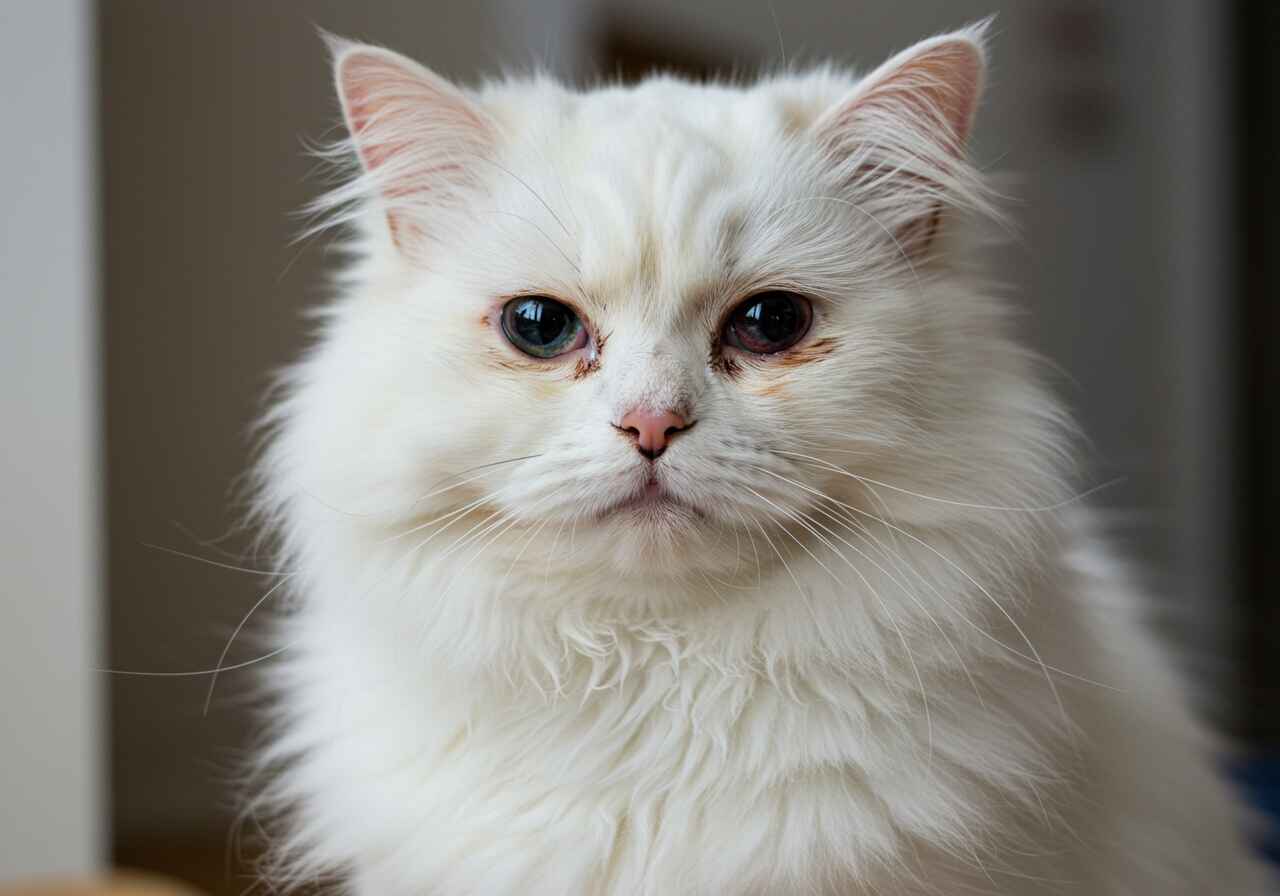
Recognizing early signs can make the difference between a quick recovery and long-term damage. This section outlines the most common symptoms that signal something is wrong.
Cats often hide pain, so owners must pay close attention. Watch for:
- Redness, swelling, or irritation around the eye
- Watery, yellow, or green discharge
- Cloudiness or hazy appearance
- Squinting or closing one eye
- Excessive blinking or sensitivity to light
- Rubbing or pawing at the eye
- The third eyelid is showing or protruding
- Sudden clumsiness or bumping into objects (possible vision loss)
If symptoms last more than 24 hours, consult a vet.
Common Eye Problems in Cats
This section introduces the eye conditions most cats experience at some point in life. Each is explained with causes, symptoms, and treatments.
Conjunctivitis (Pink Eye)
Conjunctivitis is inflammation of the pink tissue lining the eye. It’s one of the most frequent feline eye issues.
- Causes: Viral infections (especially feline herpesvirus), bacterial infections, allergens like pollen or dust.
- Symptoms: Red, watery eyes; sticky discharge; squinting.
- Treatment: Vets may prescribe antibiotic or antiviral eye drops. At home, gently wipe away discharge with a warm cotton pad.
Case Example: Bella, a Persian cat, developed conjunctivitis after a dusty move. Her owner noticed watery discharge and redness. With quick treatment, Bella recovered within a week.
Corneal Ulcers
A corneal ulcer is a painful sore on the surface of the eye.
- Causes: Scratches, trauma from fights, or foreign objects.
- Symptoms: Cloudy eyes, squinting, rubbing, sensitivity to light.
- Treatment: Requires vet care. Antibiotic drops, pain relief, or surgery for deep ulcers.
Note: Left untreated, ulcers can lead to permanent vision loss.
Retinal Disorders
The retina helps cats see clearly. Damage to this layer can lead to blindness.
- Causes: High blood pressure, trauma, infections, or genetic conditions.
- Symptoms: Dilated pupils, sudden blindness, loss of depth perception.
- Treatment: Managing the cause, such as treating hypertension, helps prevent further damage.
Cloudy or Glassy Eyes
A cloudy eye is a red flag. It often signals disease inside the eye.
- Causes: Cataracts, glaucoma, uveitis, or scarring.
- Symptoms: Bluish or hazy appearance, sometimes with pain or squinting.
- Treatment: Vets may recommend surgery, medications, or pressure management.
Goopy Eyes or Excessive Discharge
Discharge may range from watery tears to thick, sticky mucus.
- Causes: Conjunctivitis, tear duct blockages, or respiratory infections.
- Symptoms: Staining of fur around the eyes, wet cheeks, or crusty buildup.
- Treatment: Vet may flush tear ducts or prescribe antibiotics. Artificial tears may help dry eyes.
Visible Third Eyelid
Cats have a hidden third eyelid that protects the eye. If it becomes visible, it often signals illness.
- Causes: Dehydration, pain, parasites, or eye trauma.
- Symptoms: White or pink membrane partially covering the eye.
- Treatment: Vet exam to diagnose and treat the root cause.
Swollen Eyes
Swelling may appear suddenly and can be alarming.
- Causes: Allergies, infections, trauma, or tumors.
- Symptoms: Puffy eyelids, difficulty opening eyes, visible discomfort.
- Treatment: Depends on the cause—antihistamines for allergies, antibiotics for infections, or surgery for tumors.
Less Common but Serious Cat Eye Problems

While less frequent, some eye conditions can cause lifelong issues.
- Glaucoma: Pressure builds inside the eye, causing pain and blindness. Treated with drops or surgery.
- Cherry Eye: A prolapsed tear gland. Rare in cats but may require surgery.
- Entropion: Eyelids roll inward, lashes scratch cornea. Corrected with surgery.
- Ectropion: Eyelids roll outward, leaving eye exposed.
- Cataracts: Clouding of the lens, often age-related.
- Iris Melanoma: A pigmented tumor, which can become cancerous.
- Dry Eye (Keratoconjunctivitis Sicca): Lack of tear production leads to irritation and infections.
Example: Max, a 12-year-old Siamese, developed glaucoma. With daily eye drops and pressure monitoring, his condition stabilized, preserving comfort even though partial vision was lost.
Causes of Cat Eye Problems
Eye issues can have many triggers. Understanding them helps with prevention.
- Viral infections: Feline herpesvirus, calicivirus.
- Bacterial infections: Chlamydia, mycoplasma.
- Allergies: Dust, smoke, pollen, food triggers.
- Trauma: Scratches, accidents, foreign bodies.
- Genetics: Flat-faced breeds like Persians are prone to tear duct blockages.
- Aging: Older cats often develop cataracts or glaucoma.
Treating Cat Eye Problems at Home
While vet care is always recommended, supportive home care can ease discomfort.
- Clean eyes gently with a damp, warm cloth.
- Keep the environment free of dust, smoke, and chemicals.
- Use a humidifier to ease dryness.
- Provide a stress-free space to reduce herpesvirus flare-ups.
- Follow all vet instructions carefully.
Warning: Do not use human eye drops or medications. Many are toxic to cats.
Diagnosis and Veterinary Care

Vets use specialized tests to find the cause of eye problems.
- Fluorescein dye test: Detects scratches or ulcers.
- Tonometry: Measures eye pressure for glaucoma.
- Bloodwork: Identifies systemic diseases affecting the eyes.
- Bacterial/viral culture: Finds infectious organisms.
- Ophthalmic exam: Uses light and magnification to assess structures inside the eye.
Early diagnosis means more effective treatment and a better chance of saving vision. To deepen your knowledge of feline health and eye care, check out Online Cat Courses. These resources give you practical steps and expert guidance to keep your cat’s eyes bright and healthy.
Prevention Tips
Preventing eye problems is easier than treating them.
- Keep vaccinations up to date, especially against herpesvirus.
- Schedule regular vet visits, especially for senior cats.
- Reduce allergens in the home (pollen, dust, smoke).
- Trim nails to avoid accidental scratches.
- Monitor for small changes in eye appearance or behavior.
Lifestyle Support: A balanced diet with omega-3 fatty acids can support eye health. Hydration is also important—cats on dry kibble may need extra water or wet food.
Cat Eye Problems FAQs:
How can I tell if my cat has eye problems?
Look for redness, swelling, discharge, or changes in eye clarity. Behavior like squinting or pawing also signals trouble.
Do cat eye infections go away on their own?
No. Most infections need vet treatment. Without care, they may worsen or cause permanent damage.
Can I treat my cat’s irritated eye at home?
You can clean gently, but always get a vet exam. Home care supports recovery but doesn’t replace medical treatment.
What causes cloudy eyes in cats?
Cloudiness may be due to cataracts, glaucoma, or inflammation. Only a vet exam can confirm.
What should I do if my cat goes blind?
Blind cats adapt well. Keep furniture in the same place, use scent cues, and maintain safe indoor spaces.
Are certain breeds more prone to eye problems?
Yes. Persians and Himalayans often develop tear duct blockages. Siamese may be prone to glaucoma.
How do vets treat feline glaucoma?
Treatment includes pressure-lowering drops, oral medication, or surgery in severe cases.
Can diet affect eye health?
Yes. Diets with taurine, vitamin A, and omega-3s support vision and eye health.
Is feline herpesvirus lifelong?
Yes. Cats may carry it for life, with flare-ups during stress. Supportive care and antivirals help manage it.
Conclusion
Cat eye problems should never be ignored. From common conjunctivitis to serious conditions like glaucoma or cataracts, each issue needs attention. With early detection, veterinary treatment, and proper home care, most cats can recover or live comfortably even with chronic conditions.
Regular vet visits, preventative care, and attentive observation are the best ways to ensure your cat enjoys a lifetime of clear, healthy vision.
Related Posts:


